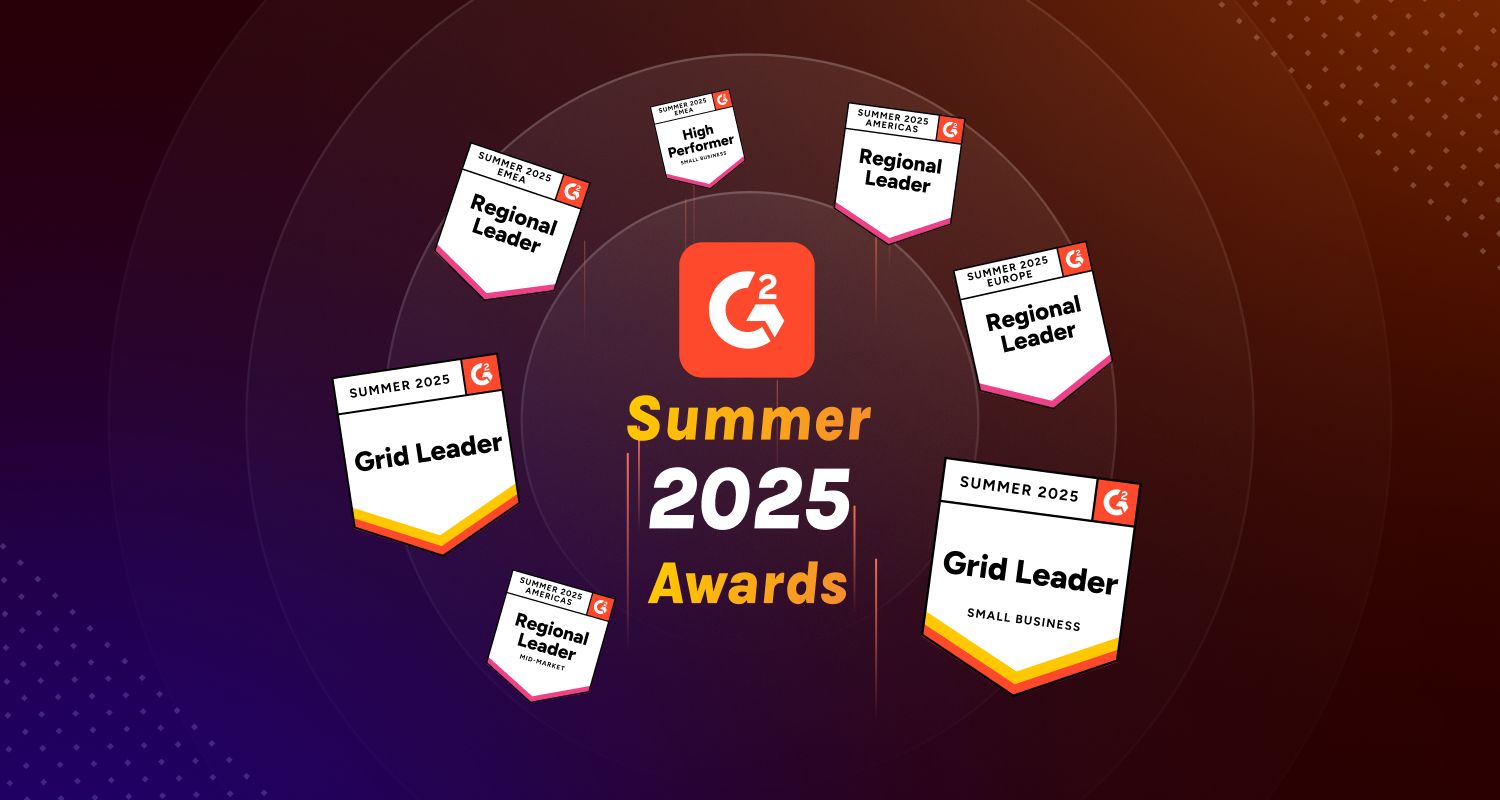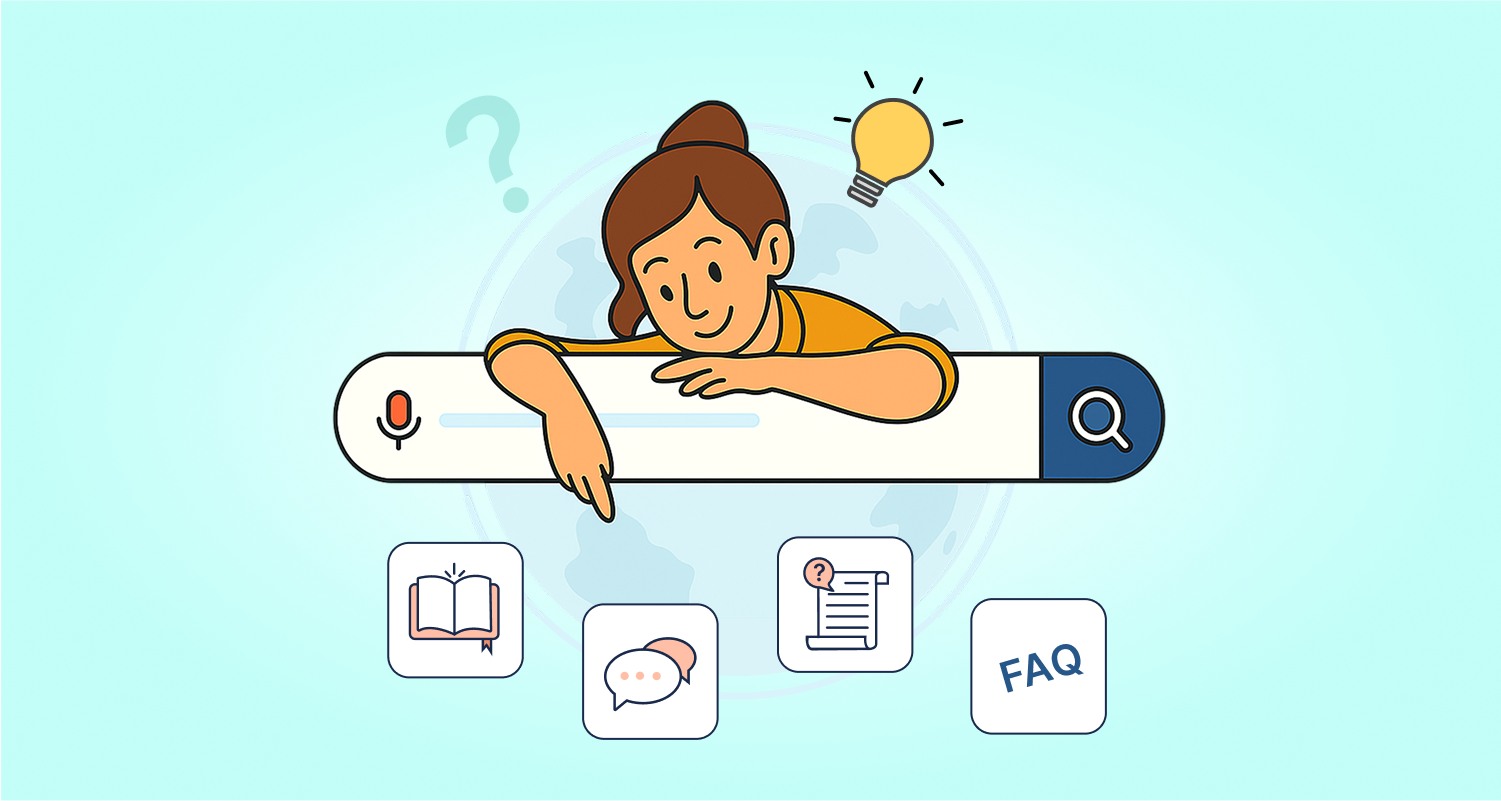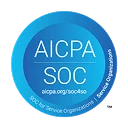Brands rely on customers to thrive. One crucial aspect that affects customers’ contentment is how promptly their concerns are addressed.
Research indicates that nearly 33.3% of customers anticipate receiving an email reply from businesses in under an hour. If your response time exceeds this, you may miss out on fulfilling customers’ expectations and lose significant business opportunities.
Do you struggle with reducing your customer service response time due to an overwhelming number of support tickets? Fear not, as we have the solutions.
This article will explore the ins and outs of first response time (FRT) in customer service and provide nine exceptional methods to minimize it.
What is first response time in customer service?
In today’s customer service, the primary goal is to enhance the first response time, which refers to the time that elapses between receiving a customer service ticket and an agent providing the initial response.
Responses generated by automation are not considered in calculating a company’s initial response time.
Whether the ticket is about responding to a product inquiry, handling an unhappy customer, or finalizing a sales deal, prompt responses can significantly impact the outcome.
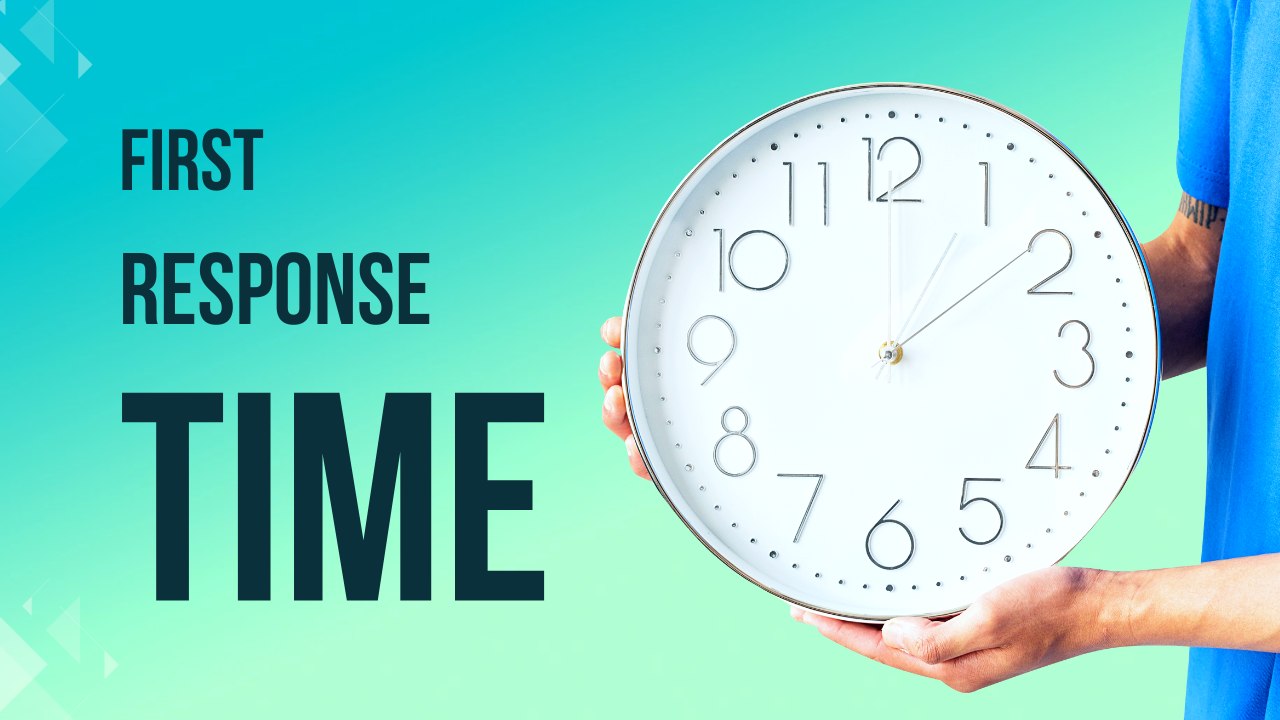
First response time is an essential customer support KPI that you cannot ignore. Focusing your customer service efforts on minimizing it has the potential to enhance customer satisfaction, boost conversions, and even regain lost customers.
How to measure first response time
To be prominent in their respective markets, businesses need to set an exceptionally fast first response time as one of their performance standards.
To calculate the FRT:
- Record individual ticket response times by measuring the time elapsed between when a ticket is created and when the agent adds an initial response.
- Then, take the average of all your first response times in a set period by using the following formula:

Techniques to improve first response time
After measuring first response time, it is necessary to closely examine and evaluate the data for patterns.
This allows you to:
- Discover what causes delays in first response time.
- Determine which agents respond the quickest.
- Interrogate which agents are the fastest.
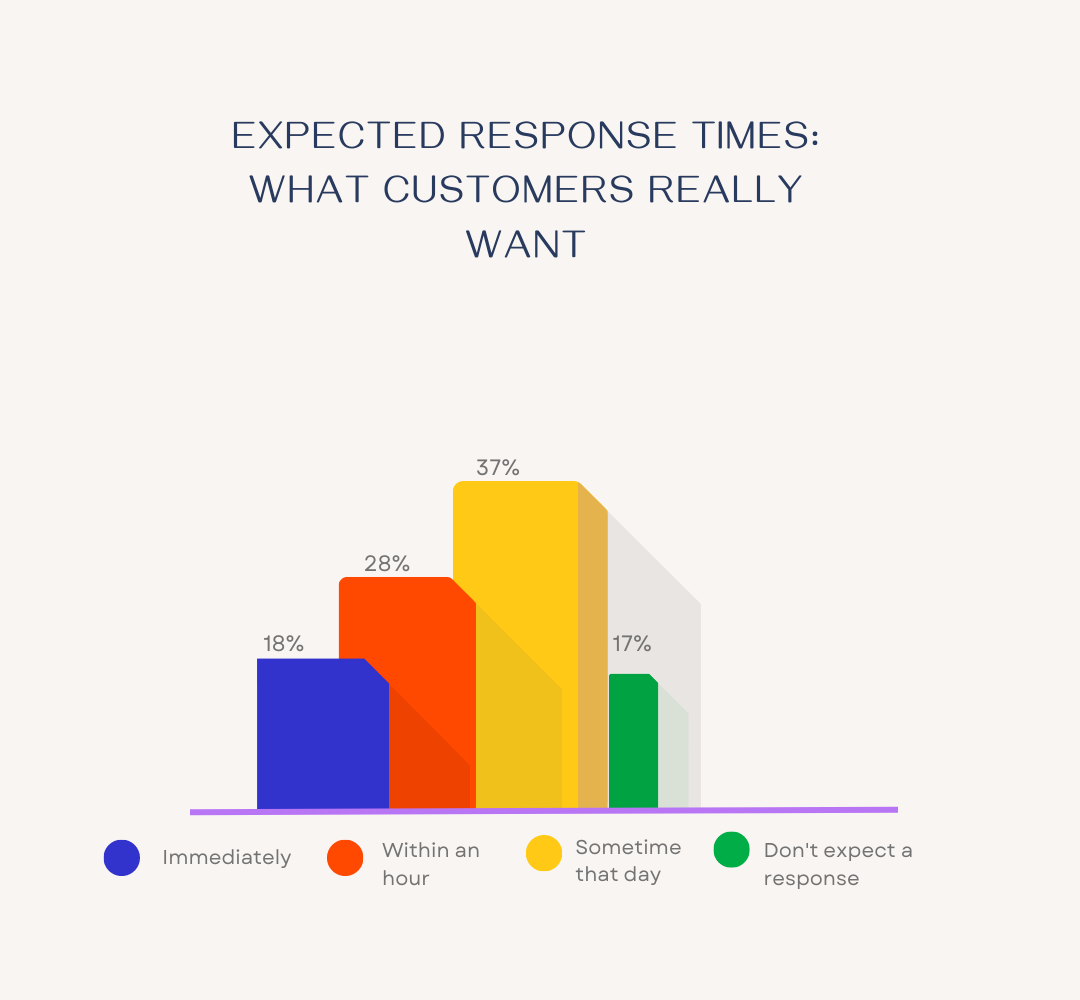
These are crucial questions that must be answered to steer improvement efforts in the right direction.
To get more tips on reducing customer service response time read this blog.
The following are ways to improve first response time:
1. Train your agents
Training and developing your team gives it a strong foundation to rely on to pursue faster response times.
Your customer service staff represents your business and helps resolve issues for clients. Here are some training tips:
- Encourage your team to focus on improving communication, problem-solving, and conflict-resolution abilities.
- Ensure your agents have a deep understanding of your support policies and practices.

When agents possess comprehensive knowledge of the product, they can respond to customer inquiries more efficiently, reducing the time spent searching for answers.
2. Take advantage of customer service software
Managing customer emails and tickets manually is a daunting task.
Some help desk software empowers teams to access and respond to customer inquiries from various platforms, including social media, emails, web chat messages, and more, all from a unified dashboard.
For switching from email-based support to help desk software read this blog.
You can arrange inquiries according to various criteria, such as the date and time of receipt, priority, and subject matter.
3. Create an adequate knowledge base
Providing customers with the opportunity to help themselves can often be the most effective form of support. This can be achieved by:
- Providing customers with fast and easy access to information without the need for individual assistance.
- Creating a comprehensive knowledge base that includes product guides and tutorials, establishing a self-service platform for your customers that will reduce the number of tickets created.
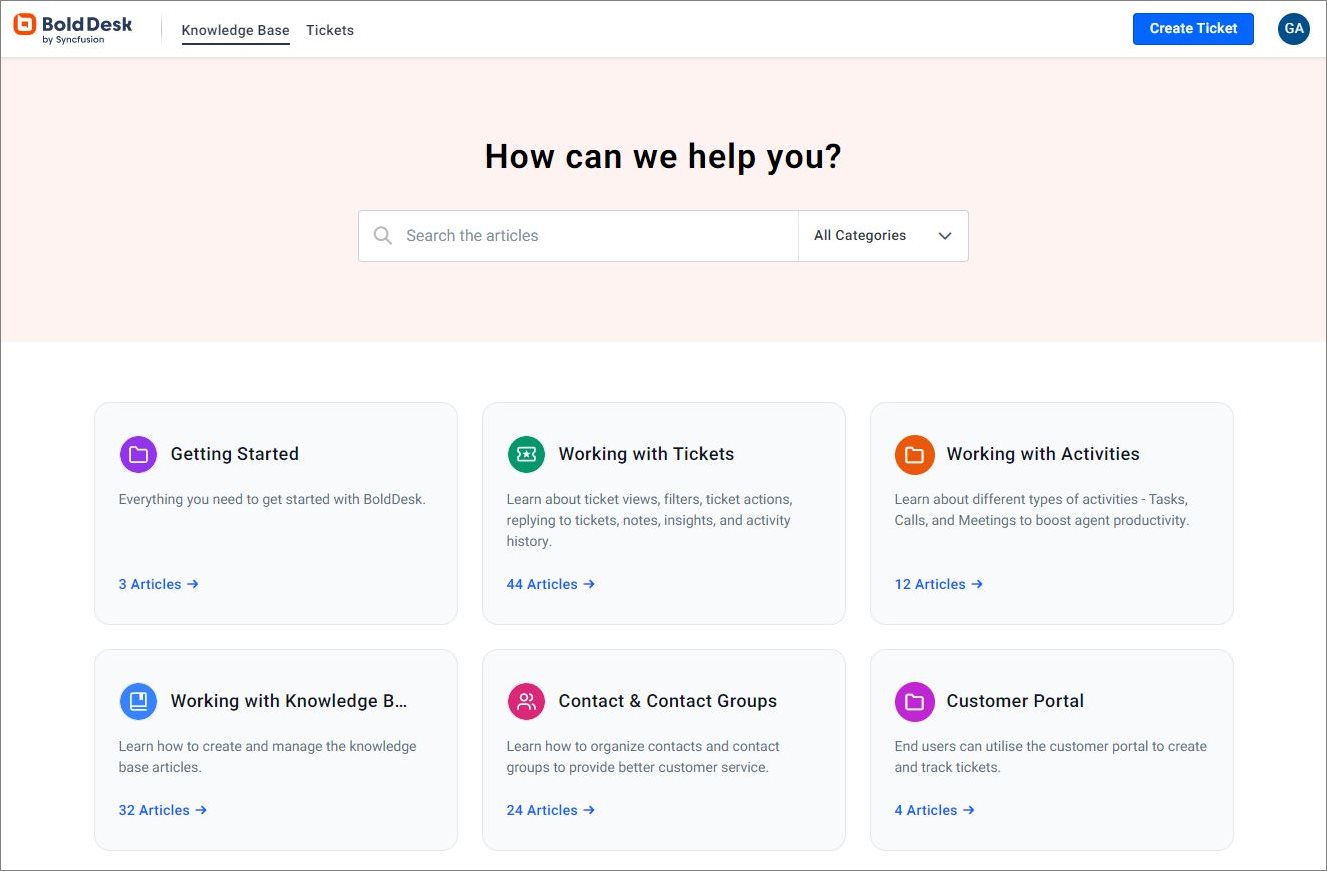
When the incoming ticket volume is reduced, your support team achieves better response times and boosts agent efficiency. Agents are freed up to focus on intricate and pressing cases.
4. Prevent agent burnout and reduce multitasking
Even the most productive agents may lose their drive to meet their targets when they experience burnout.
When a large number of support tickets accumulate in their inbox, it can cause anxiety for agents and hinder their ability to meet response time targets.

Therefore, your support team should pursue methods that maintain agents’ motivation, such as following a timetable that allows agents to concentrate on a particular channel for a few hours.
This technique can enhance precision and excellence, translating to fewer interactions and quicker resolutions of customer concerns.
To find out more about reducing agent effort to improve customer service read this blog.
5. Prioritize tickets and categorize them
Customer tickets vary in urgency and importance. Some have the potential to cause significant issues if left unaddressed, while others may not be as severe.
Therefore, it is important to categorize customer tickets according to their level of criticality or urgency.

The ultimate goal of customer support is to resolve each issue as swiftly as possible. To quickly solve critical queries or tickets from valuable clients, it’s advisable to assign proficient and well-experienced agents to them.
This will give less experienced staff to address simpler concerns and become more comfortable in performing their duties.
6. Set targets and track response times
Setting measurable goals is essential to enhance average response times. At minimum, you should:
- Develop a strategy outlining how you will attain your objectives within a defined period.
- Establish targets that are tailored to individual communication channels.

Conducting thorough assessments before outlining the KPIs you plan to measure will provide valuable insight into staffing sufficiency, acceptable benchmarks, and areas for growth.
Establish realistic goals and communicate them to your customers to manage their expectations.
7. Prepare customer service response templates
It is likely that a significant portion of your support tickets will be similar, if not outright the same.

Instead of having your team create unique responses to identical inquiries, you can provide them with prewritten email templates to simplify their work.
This approach not only hastens your response time but also ensures consistent communication.
8. Create an FAQ page
An FAQ page, like a knowledge base, gives customers the ability to find their own solutions. Having a well-crafted FAQ can be a significant time-saver for both your company and service representatives in addressing user concerns.

Be sure to provide a link to your FAQ page in various communication channels, such as email, websites, automated messages, and social media profiles.
9. Establish a standard process
Businesses may struggle to improve their response time if they lack a proper structure or process for providing support.
The most successful organizations establish clear procedures that make it simpler to handle customer service communication.
Establishing a standard procedure for handling customer service inquiries is critical to ensure prompt and efficient responses.
10. Employ more agents when necessary
Insufficient staffing in customer service departments is a common cause of slow response times for many organizations.
If you have all the previously mentioned techniques in place and are still struggling to achieve your response time objectives, it may be time to enlist additional customer service specialists to manage the workload.
Benefits of improving first response time
Businesses can significantly enhance the customer service experience and distinguish themselves from competitors by improving response times.
Focusing on achieving optimal response times can deliver the following rewards to your company:
Boost customer loyalty and improve customer service efficiency
By providing prompt support, brands can improve the overall customer experience, satisfy customers, and ensure customer retention.
Improve your company’s reputation
Potential buyers will also take notice of a company that provides exceptional service. Your market and rivals will acknowledge your brand as one that responds promptly to customer needs.
Better handle changes in ticket volumes
By monitoring and analyzing the first response time, you can develop strategies for agent productivity, staffing levels during peak periods or outages, scaling up or down for seasonal demands, and other factors.
Develop empathy in your support staff
By correlating the first response time with customer satisfaction, you can gain valuable insights into how customers react to long waiting times.
A high first response time can lead to customer churn and negative word-of-mouth, whereas a low one can leave customers feeling satisfied and happy.
Enhance customer satisfaction and agent efficiency
By sending a comprehensive initial response, you can ensure that customers remain content and understanding while your team focuses on their follow-up.
Reduce support team workload
Although achieving fast response times may seem daunting, slow responses can actually increase the workload of your customer support team.
Quicker resolutions make more money
For instance, if a customer has a query about your product, responding swiftly could prevent them from exploring alternate products, potentially resulting in a sale that you may have otherwise missed out on.
Conclusion
Because customers expect a certain value delivered in exchange for their money, businesses are held to a higher standard and are obliged to treat customers with respect.
The speed of customer service is crucial as it not only makes customers feel valued but also determines their likelihood of returning.
Perhaps even more important than resolving a customer’s issue is how fast the company’s first response time is.
Schedule a live demo to discover how BoldDesk can help your business improve its first response time. Start a free trial to explore its many capabilities. If you have any questions about the product and its features, feel free to contact the BoldDesk support team.

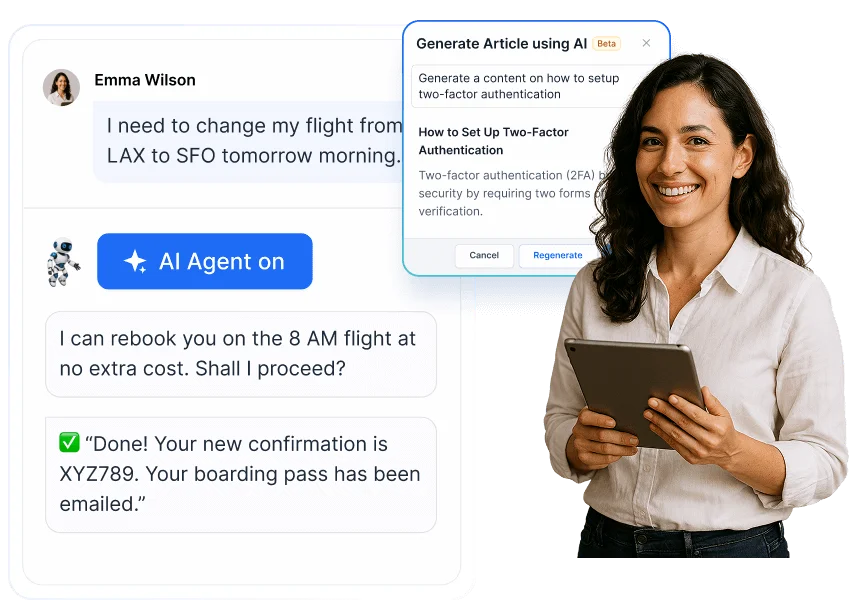

















 Email Ticketing System
Email Ticketing System Shared Inbox Software
Shared Inbox Software Multi Brand Help Desk
Multi Brand Help Desk Internal Help Desk Software
Internal Help Desk Software Trouble Ticketing Software
Trouble Ticketing Software Mobile Help Desk
Mobile Help Desk 











